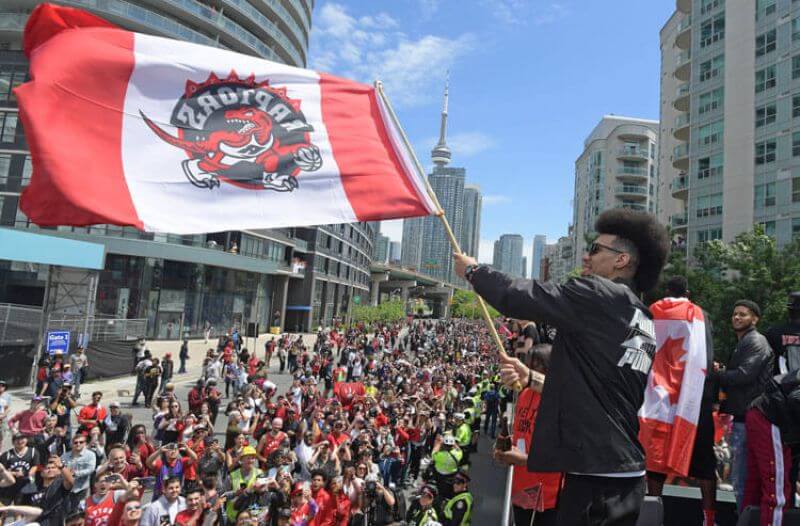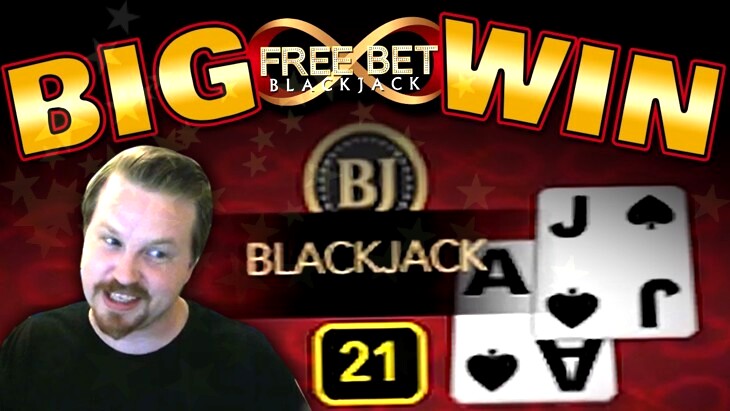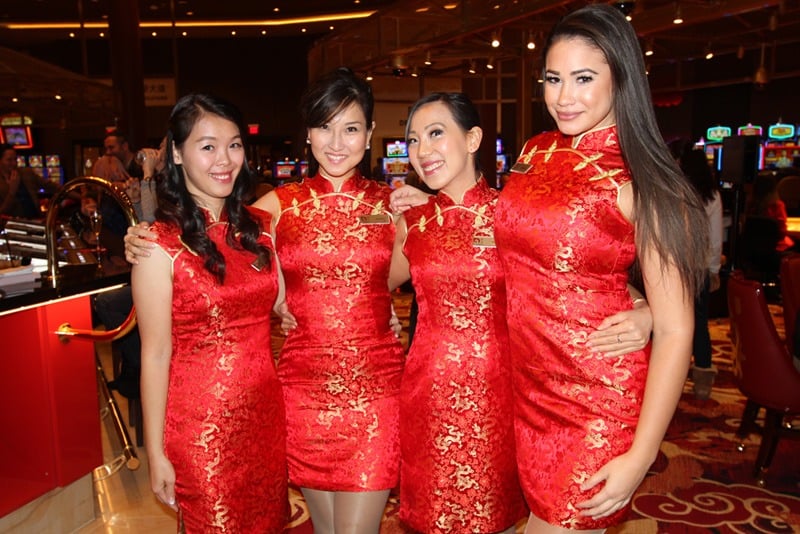Las Vegas Dollar Blackjack
Blackjack can offer the best odds of any game in Las Vegas, especially if you learn yourself a little Basic Strategy. Finding a seat at a dollar game can be a real challenge at times, but well worth the effort when you walk away after two hours of fun, with your heels cooled by the free drinks you scored. Leaving Las Vegas $300,000 richer: Tourist hits jackpot at airport slot machine. People play blackjack at the reopening of the Bellagio hotel and casino Thursday, June 4, 2020, in Las Vegas.
- Las Vegas 2 Dollar Blackjack
- One Dollar Blackjack Las Vegas
- Las Vegas Cheap Blackjack
- Downtown Las Vegas Cheap Blackjack
Las Vegas 2 Dollar Blackjack
- Beat The Dealer: Rise And Fall Shows What Drives Customers Awayhttps://www.forbes.com/sites/davidschwartz/2018/07/16/black.
- Card Counting at MGM Grand in Las Vegas. Card counting conditions are better at MGM than at most other places in Las Vegas. One great aspect of playing blackjack at MGM is that the casino is huge and is usually packed, especially on weekends. This gives surveillance and the pit crew a lot of action to watch over.
- SAHARA Las Vegas serves as the gateway to all that Las Vegas has to offer. With over 1,600 guestrooms in three distinct towers - Blanca Tower, Marra Tower, or AAA® Four Diamond Alexandria Tower - each with a unique personality. Choose your room, choose your adventure.

Blackjack, also known as 21 is one of the most popular casino card games in Las Vegas. The rules on playing blackjack in Vegas are quite simple, which is a major reason for the game's enduring popularity. In Las Vegas casinos, blackjack is played on a semi-circular table, with the round portion of the table facing the players, and the straight edge side facing the dealer.
There are usually five to seven seats at a table and every blackjack table will have the words, 'Insurance Pays 2 to 1', also, 'Dealer must Hit Soft 17' or 'Dealer Must Stand On All 17's'.
How to Play Blackjack in Vegas
Your goal is to draw cards with a value as close to 21 as possible without going over. A hand that goes over 21 is a bust or break . The players at a blackjack table do not play against each other, they play against the dealer. Each player only has to beat the dealer's hand.
Most casinos in Las Vegas provide two versions of Blackjack. Double Deck 21 and Multiple Deck 21. With Double Deck 21 the cards are dealt from the hand and with Multiple Deck 21, the cards are dealt from a box called the 'shoe'
Read about the differences in the two version below.
The object of Blackjack is to get a hand with a value as close to 21 as possible without going over.
This is accomplished in two ways:
Having a higher total than the dealer without exceeding 21;
Having a total of 21 or less when the dealer's total exceeds 21.
Vegas Blackjack Rules

Find an appropriate bet-limit table and place a bet by the chips in the designated area. The dealer begins the game. Depending on how many people are playing, the dealer will deal each player two cards. The dealer is also dealt two cards, one face up, and one face down.
You are then offered the opportunity to take more. If you would like another card, then you tap the table with your fingers or say 'hit me'. If you want to stay or 'stand' with what you have, then wave your hand horizontally over the table or simply tuck your cards underneath your bet.
The hand with the highest total wins as long as it doesn't exceed 21. A hand with a value over 21 is called a 'bust' or 'break' and it is an automatic loser.
- Cards 2 through 10 are counted at face value.
- The King, Queen and Jack count as 10
- An Ace's value is 11 unless this would cause the player to bust, in which case it is worth 1.
One Dollar Blackjack Las Vegas

A hand in which an ace's value is counted as 11 is called a soft hand, because it cannot be busted if the player draws another card. When an ace is counted as one point, this is called a hard hand.
The best possible hand in Blackjack is a combination of an Ace with a 10-card or a face card. This is an automatic 21, when counting the Ace as an 11, and is called, 'Blackjack', or a Natural. It cannot be beaten, unless the dealer has the same, which would be a Push, a tie. In a push, the player receives the bet back.
Note:
The minimum bet is printed on a sign on the table and varies from casino to casino and from table to table. For example Minimum $5, Maximum $500.
Dealers play according to house rules for their table. Be aware that blackjack odds may vary from table to table. Feel free to ask the dealer for clarification.
Note:
Your opponent in blackjack is the dealer. Each player's goal is to beat the dealer by having the higher, unbusted hand. Note that if the player busts he loses, even if the dealer also busts. If both the player and the dealer have the same point value, it is called a 'push', and neither player nor dealer wins the hand. Each player has an independent game with the dealer, so it is possible for the dealer to lose to one player but still beat the other players in the same round.
Communicate your wish to stand or hit through hand signals.
Tap the table with your finger to indicate you want to hit.
Wave your hand horizontally to indicate you want to stand.
Announce your intention to surrender verbally. This allows you to abandon your hand and keep half your bet.
Switch your cell phones off. However If you must answer a call, step back from the table and make your conversation as brief as possible.
Feel free to ask the dealer any questions you want regarding the rules.
It's customary to tip the dealer. To do so, simply place an extra bet in from of your original bet. If you win that bet, the dealer keeps it as a tip.
LasVegasHowTo Video
What are some blackjack basic strategies

The odds of winning can be improved by following blackjack basic strategy. Below are blackjacks basic strategies.
Stand on a hand of 17 or more
Never hit on 12, 13, 14, 15 or 16 when the dealer is showing 16 or less
Always split 8's
Double down on 11 if dealer is showing 17 or less

Four easy rules on when to hit and when to stand in Blackjack
- If your hand is 11 or less, always hit. You can't possibly bust, so the extra card will only help your hand.
- If your hand is 17 or greater, and the dealer is not showing a Seven or higher, always stand. The risk of busting if you hit is very high.
- If your hand is 12 to 16, and the dealer is showing an up card likely to bust, always stand. Although this is a weak hand, it will still win if the dealer busts.
Exception - If the dealer has a Two or a Three showing, hit if you have 12.
- If your hand is 12 to 16, and the dealer has a Seven or higher showing, always hit. The dealer is far more likely to get a better hand than yours unless you can improve it. There's a risk of busting, but in this case you have to take that risk.
Although basic blackjack strategies can get infinitely more complex, these four rules are the core of most of the strategies in use today.
Download Frank Scoblete's Lucky 13: A Simple Blackjack Basic Strategy
Blackjack offers the best odds if you take the time to learn the game. Blackjack house edge is about a .5 percent. Meaning, for every dollar you gamble, you'll lose only half a penny on average.
Blackjack House Advantage and Expected Lose
Las Vegas Cheap Blackjack
| House Advantage | For Every $100 bet, the player can expect to lose | |
|---|---|---|
| Natural pays 3 to 2 | 0.5%-1.5% | 50c - $1.50 |
| Natural pays 6 to 5 | 2.0%-3.0% | 2.00 - $3.00 |
Cards are dealt from the hand
Everyone plays against the dealer
Players are dealt two cards face down
The dealer receives his first card face up and the second card face down
Player may draw as many cards are they want until you are close to 21 or until they 'bust'
The object of the game is to get as close as possible to 21 without going over 21.
Cards are dealt from a box called the 'Shoe'
Everyone plays against the dealer
Players are dealt two cards face up
The dealer receives his first card face up and the second card face down
Player may draw as many cards are they want until you are close to 21 or until they 'bust'
The object of the game is to get as close as possible to 21 without going over 21.
Players use hand signal to indicate a 'hit' or 'stand'
When the dealer has an Ace up, you have the option of taking 'insurance' against the dealer having 'Blackjack'.
If you don't have a 'Blackjack' you may ask the dealer to 'hit' you; meaning, you get another card. You may draw as many cards as you like (one at a time), but if you go over 21, you bust! In hand deck games, you must turn your cards face up on the table if you bust. If you do not want to 'hit', you may 'stand' by placing your cards face down under your bet. In shoe games, use your hand motion for another card, or wave off the dealer if you are standing.
After all players are satisfied with their hands, or have gone 'broke', the dealer turns the down card face up and stands or draws more cards as is necessary. The dealer must draw on hands totaling 16 or less and any soft 17.
If you are closer to 21 than the dealer, you win and are paid an amount equal to your original wager.
If your hand is less than the dealer's, you lose.
If the dealer's hand 'busts' or 'breaks', you win.
Ties are a stand-off or 'push' and your bet remains on the table.
If your initial two cards total 21,( this will happen if you are dealt an Ace with a 10, Jack, Queen or King), you have a blackjack or a natural. Blackjacks are paid 3 to 2 or up to 50% more than any other hand.
A hand totally 21 points, but having more than two cards, loses to a two-card backjack/natural hand.
Downtown Las Vegas Cheap Blackjack
Did you know...
The Sahara Hotel & Casino hosted the very first blackjack tournament in Las Vegas, back in 1978.